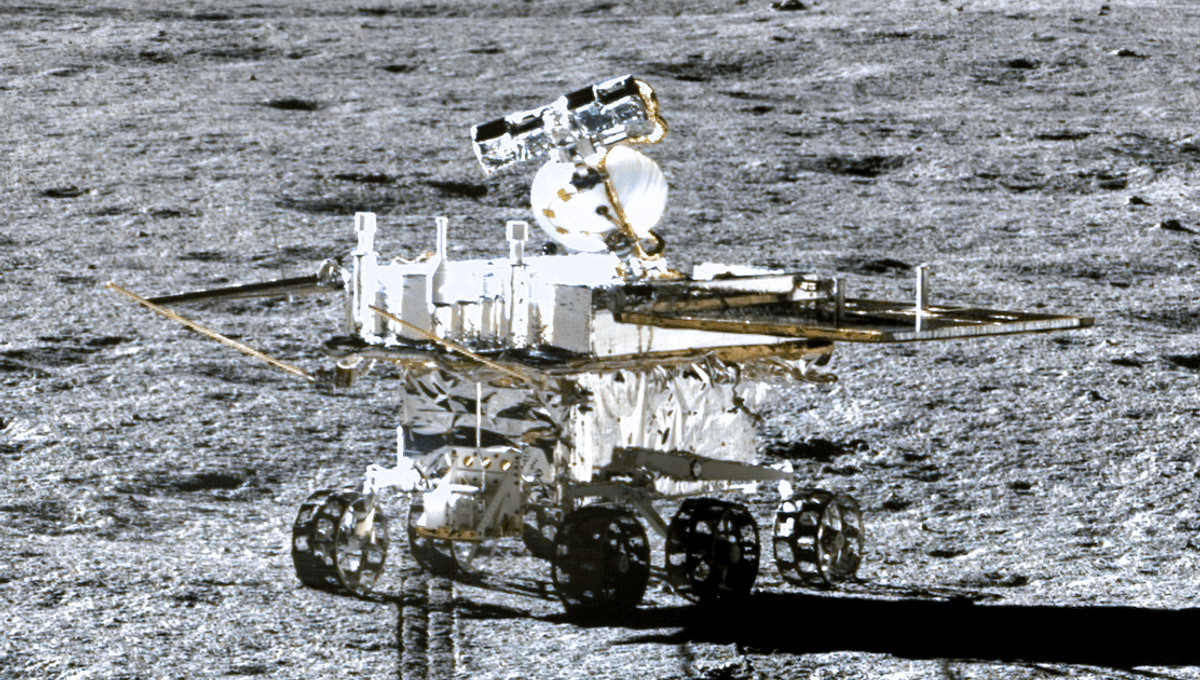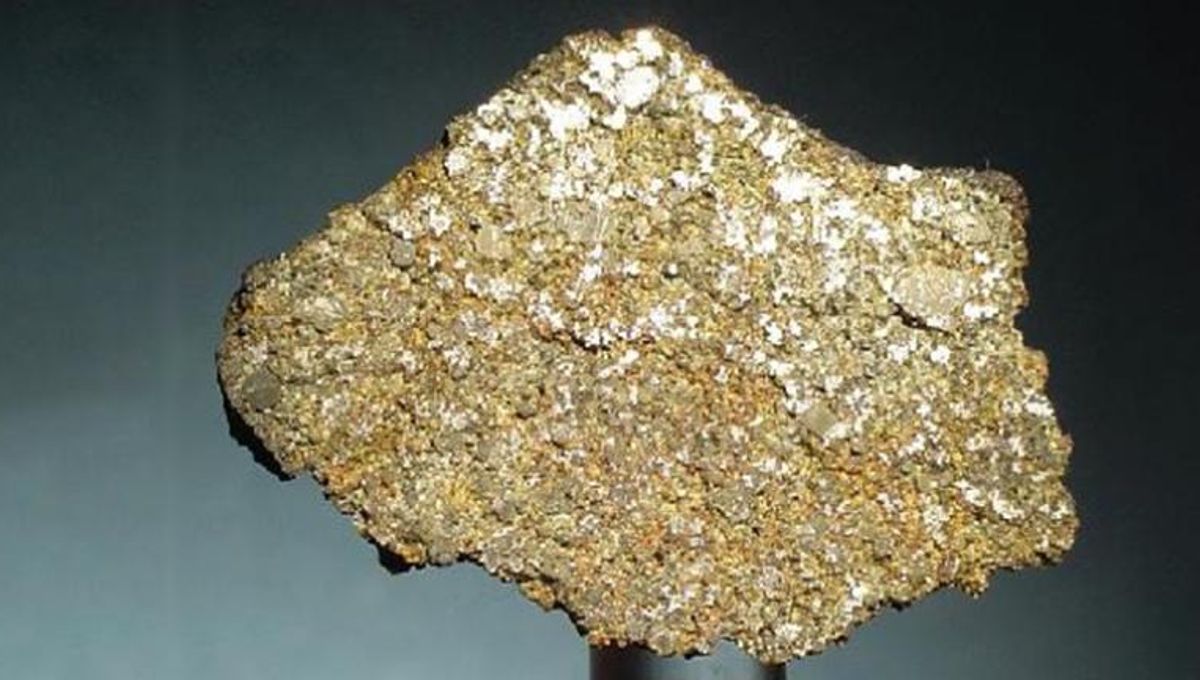Yutu-2, the hardworking rover, has been exploring the Moon like no other. Since its arrival on the far side in January 2019, it has ventured further and gathered an array of fascinating data. And now, it has achieved something remarkable – peering beneath the lunar surface to a depth of 300 meters (1,000 feet), unveiling intriguing surprises.
Equipped with the Lunar Penetrating Radar (LPR), Yutu-2 has two channels that can probe different depths depending on the frequency used. By sending radio waves into the ground and capturing the echoes, the radar can distinguish various materials. The low-frequency channel can penetrate deeper, while the higher frequency channel reveals more details of the lunar surface soil, known as regolith.
In 2020, the Yutu-2 team utilized the LPR to map the upper 40 meters (130 feet) below the surface. But now, it has gone even further, providing a more comprehensive view of the top 300 meters (1,000 feet) along the rover’s path. Remarkably, they have identified five distinct layers of material beneath a depth of 90 meters (nearly 300 feet). The thickness of each layer varies significantly, ranging from 70 meters to as little as 20 (230 to 66 feet). Interestingly, the thickest layers are found at the greatest depths.
These findings shed light on the Moon’s volcanic past. Once a geologically active world with flowing lava, our natural satellite boasts vast basalt plains known as the Maria, formed by volcanic activity. The Von Kármán crater in the South Pole-Aitken Basin, where Chang’E-4 landed, is another testament to the Moon’s volcanic history.
The data suggests a series of basalt eruptions that occurred billions of years ago. The team believes that the decreasing thickness of the layers indicates a decline in the rate of lava flow after each subsequent eruption. This aligns with our understanding of lunar volcanism – as the Moon aged and cooled, volcanic activity became increasingly rare.
The high-frequency radar primarily focused on the top 40 meters, revealing layers of rock debris and regolith. But it also unveiled something unexpected – a buried crater hidden among the rubble. Although the Moon changes slowly without an atmosphere or flowing water, it is not entirely static.
This groundbreaking study has been published in JGR Planets.








